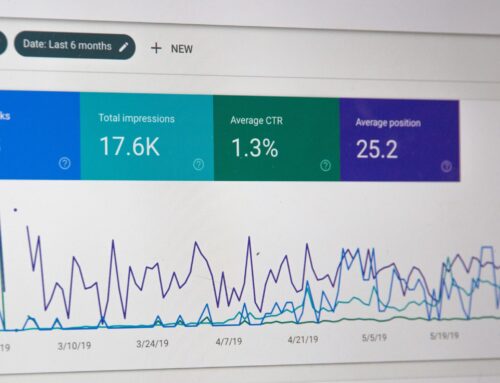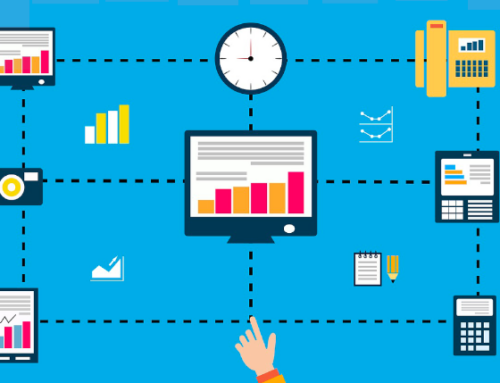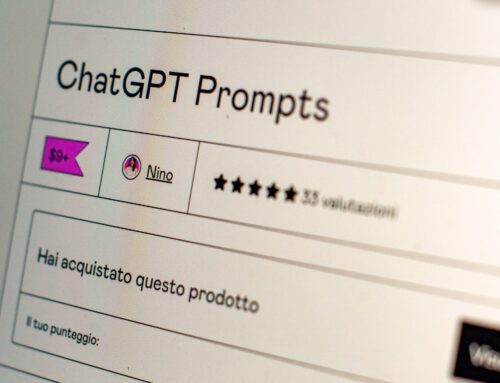 The new buzzword in learning and development is microlearning. Microlearning is a way of teaching and delivering content to learners in small, bite-sized chunks. It makes sense that shorter courses are gaining popularity. People are busy, attention spans are smaller than ever, and there are meetings to attend and emails to respond to. No one has time for an all-day course anymore covering so much material they forget half of it as soon as they log off.
The new buzzword in learning and development is microlearning. Microlearning is a way of teaching and delivering content to learners in small, bite-sized chunks. It makes sense that shorter courses are gaining popularity. People are busy, attention spans are smaller than ever, and there are meetings to attend and emails to respond to. No one has time for an all-day course anymore covering so much material they forget half of it as soon as they log off.
HOW LONG SHOULD MICROLEARNING BE?
How long microlearning courses should be, varies from organization to organization. Earlier this year ATD put together a poll on the topic, surveying 144 talent development professionals. It found that the maximum amount of time a microlearning course should be is around 13 minutes, though they admit a more ideal amount of time is closer to 10 minutes.
In a follow-up ATD study with 228 respondents whose organizations use microlearning, participants states that for maximum effectiveness, a microlearning activity should be longer than 2 minutes but not more than 5. Despite the range of effectiveness, however, most courses those organizations were using were between 10-15 minutes long. Ultimately, microlearning should only be as long as necessary to get specific key points across. Be concise and focus on content that delivers only relevant information.
WHAT KIND OF CONTENT SHOULD MICROLEARNING BE?
The most popular means of delivering microlearning is through video, followed by self-paced eLearning, and visuals such as infographics. Video is popular because it’s quick, its engaging, it’s easy to produce, and millennials love it. According to an eLearning Industry article, 70% of millennials visit YouTube Monthly.
Self-paced eLearning is another popular method. Quick modules that teach or reinforce a concept are great ways to implement microlearning. For an extra motivational boost, try adding gamification elements such as points for people who complete these mini lessons. More lessons complete, more points earned. These achievements help keep learners engaged in the process.
WHAT KIND OF RESULTS CAN I EXPECT?
Microlearning produces results through its ability increase the retention rate of information. Loading your learner up with too much information, results in cognitive overload, slowing down the transfer of information into long term memory. As we’ve discussed previously, according to Ebbinghaus’ forgetting curve, within 24 hours of learning something new, 67% of what was learned will be forgotten.
It makes pedagogical sense. Studies have shown that learners retain more when they learn in bite-sized pieces. Learners can take a day long course that teaches them many things, many of which they’ll likely forget, or they can watch a five-minute video that teaches one or two things that they’ll remember.




